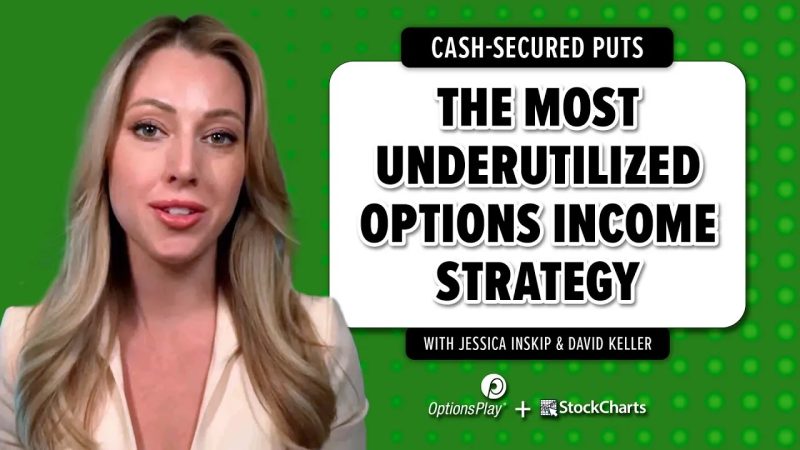Cash-Secured Puts: The Gateway to Enhanced Options Income Generation
Understanding the nuances of options trading opens up a myriad of strategies for investors seeking to capitalize on market movements while managing risk. Among these strategies, one of the most underutilized yet powerful methods for generating income is the cash-secured put. Often overshadowed by its more popular counterpart, the covered call, cash-secured puts offer a unique opportunity for investors to potentially profit from a neutral or bullish outlook on a particular stock or ETF.
So, what exactly is a cash-secured put and how does it work? In simple terms, a cash-secured put involves selling put options on a stock that an investor is willing to purchase at a predetermined price (the strike price) if the option is exercised. To secure the put option contract, the investor must have enough cash in their account to cover the cost of purchasing the underlying stock. This cash acts as collateral, hence the term cash-secured put.
One of the primary advantages of utilizing cash-secured puts is the ability to generate income upfront through the premium received from selling the put option. This premium effectively serves as compensation for taking on the obligation to buy the stock at the strike price, regardless of its market value at expiration. If the stock price remains above the strike price, the put option expires worthless, allowing the investor to keep the premium as profit. In the event that the stock price falls below the strike price, the investor will be obligated to purchase the stock at the predetermined price, resulting in a net purchase price lower than the current market value due to the premium received.
Moreover, cash-secured puts can be a particularly effective strategy in a sideways or slightly bullish market environment. In such scenarios, investors can capitalize on the time decay of put options, as the value of the option decreases as it approaches expiration. By repeatedly selling cash-secured puts on stocks they are willing to own, investors can potentially generate a consistent stream of income while also gaining exposure to those stocks at a discount to their current market price.
However, as with any options strategy, there are certain risks associated with cash-secured puts that investors must consider. The main risk lies in the potential for significant losses if the underlying stock experiences a sharp decline in value. In such a scenario, the investor would still be obligated to purchase the stock at the strike price, even if it is well below the market price. Therefore, it is crucial for investors to only sell cash-secured puts on stocks they are willing to own for the long term and to manage position sizes accordingly to mitigate downside risk.
In conclusion, cash-secured puts represent a powerful yet underutilized strategy for income generation within the realm of options trading. By leveraging the income potential of selling put options while simultaneously managing risk through collateralized cash reserves, investors can enhance their portfolio returns and potentially acquire quality stocks at a discount. As with any investment strategy, thorough research, risk management, and a clear understanding of options mechanics are essential for successful implementation. With the right approach, cash-secured puts can serve as a valuable tool in an investor’s arsenal for achieving financial goals in various market conditions.
